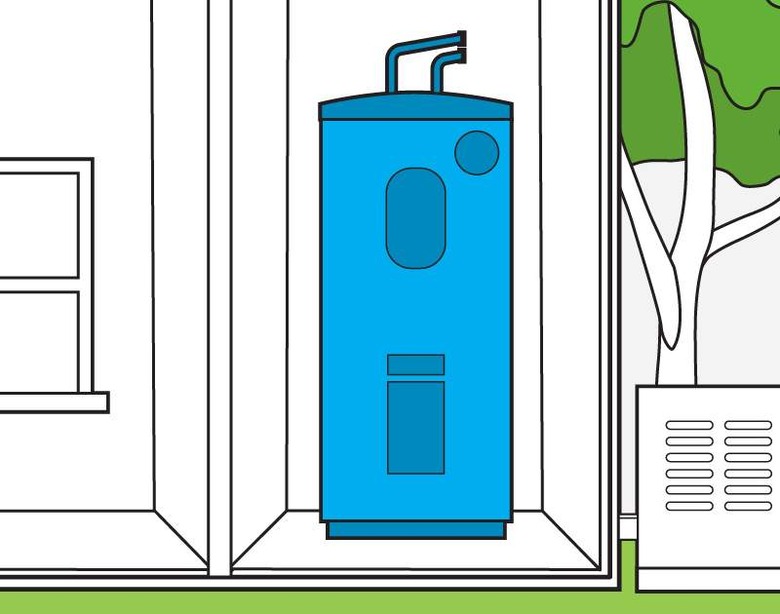New ENERGY STAR Home Upgrade Could Save You $500 A Year
Since its introduction in 1992, the EPA's ENERGY STAR program has been extremely effective in helping consumers save money and reduce greenhouse gas emissions. According to the agency, the program has saved American families and businesses over $450 billion in energy costs while cutting 4 billion metric tons of greenhouse gas, all of this made possible by following the program's tips and guidance.
The EPA announced its latest initiative, ENERGY STAR Home Upgrade, on February 1, 2022. The guidance provides consumers with six actionable steps they can take to improve energy efficiency at home while reducing their impact on the environment, ultimately saving the average family around $500 a year on utility bills.
EPA Administrator Michael S. Regan said in a statement about the new initiative:
Every American can make a difference in protecting our climate with the choices they make at home — and they can save money while they are at it. If every household took the actions outlined in the ENERGY STAR Home Upgrade, the U.S. could cut its residential annual energy use up to 20% by 2050.
Six steps to save energy and money
The ENERGY STAR Home Upgrade program won't be cheap for families to pursue, and certainly not all at once. However, it does serve as a roadmap for households to start planning their future upgrades and replacements, which, the EPA notes, can take place over time as the need arises.
In total, there are six areas the program targets. These include ENERGY STAR-certified upgrades to devices that include air source heat pumps, heat pump water heaters, smart thermostats, and high-performance windows and storm windows. The program also recommends an inspection to ensure one's attic is well-insulated and properly sealed, as well as installing an electric vehicle charger intended for home use.
The EPA has put together a comprehensive website to assist consumers interested in learning more about its ENERGY STAR Home Upgrade program. The site offers guidance on what to look for in each of the product categories, advice on how to install the various products (when self-installation is possible), and links to qualified contractors.
There are also Product Finder and Rebate Finder functions built into the site and links for consumers to see whether they're eligible for tax credits on a prospective purchase. Of course, consumers will need to calculate the difference between the costs and when they will see returns on their investment. However, with a full suite of upgrades implemented, it shouldn't take too long to see the savings add up.

